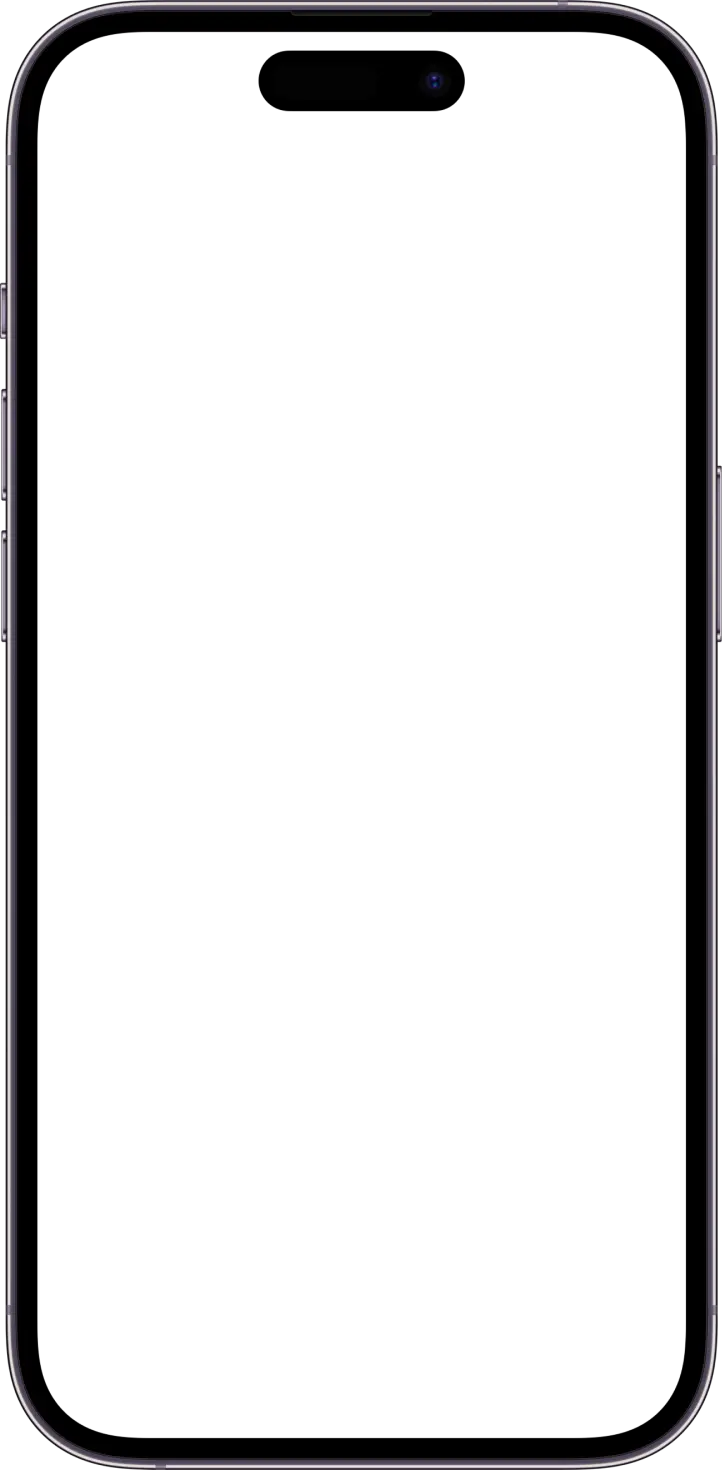Consider: You’ve finally decided to take the plunge and adopt a Paleo diet. You've combed through countless recipes to stock your kitchen with the right food. But once you get into the swing of things, you hear people talking about Paleo macros and how they count them to reach their health goals.
What are macros and micros? Do I need to worry about them on my new diet? The short answer is no and yes. This guide will help you count Paleo macros faster to get the most out of your new diet.
One way to speed up counting Paleo macros is with DietAI's AI calorie counter. This tool will help you quickly understand the composition of foods to track the right Paleo macros to meet your unique health needs.
Table of Contents
What is the Paleo Diet?

The paleo diet is a nutrition plan based on what humans consumed during the Paleolithic Era, which lasted from around 2.5 million to 10,000 years ago. A modern paleo diet focuses on whole foods like fruits, vegetables, lean meats, fish, eggs, nuts, and seeds, which early humans obtained by hunting and gathering.
The paleo diet excludes foods that became common when small-scale farming began about 10,000 years ago, including grains, legumes, and dairy products. Other names for a paleo diet include the Paleolithic diet, Stone Age diet, hunter-gatherer diet, and caveman diet.
The Purpose of the Paleo Diet
The goal of the paleo diet is to eat foods likely eaten by early humans. The diet is based on the idea that our genes are not well adapted to modern diets that grew out of farming. Because farming made foods such as grains and legumes more readily available, it changed the diets of the animals that people ate. Additionally, it introduced dairy. The paleo diet posits that these changes in diet outpaced the human body's ability to change or adapt. This mismatch is believed to contribute to obesity, diabetes, and heart disease today.
Why You Might Follow a Paleo Diet
You might choose to follow a paleo diet because you want to:
Lose weight or keep a healthy weight
Reduce heart disease or cardiovascular risk factors
Related Reading
• Do Minerals Have Calories
• How Long in a Calorie Deficit to See Results
• How to Use a Food Scale to Lose Weight
• Can You Eat Pizza on a Diet
• Do Carbs Make You Fat
• Why Am I Not Losing Fat in a Calorie Deficit
• What Are Net Calories
• Is the Fitness App Accurate
• How Many Calories Below Bmr to Lose Weigh
Benefits of the Paleo Diet

Blood Glucose Levels and The Paleo Diet
The Paleo Diet may help reduce blood glucose levels. Eating a diet low in processed and whole foods can help stabilize blood sugar levels. Moreover, studies show that the Paleo Diet may improve insulin sensitivity and support healthy blood glucose levels.
Weight Loss and The Paleo Diet
Eating a Paleo Diet may help with weight loss and maintenance. Research shows that following a Paleo Diet can reduce body fat and waist circumference, which may lower your risk for chronic diseases. The weight loss effects of the Paleo Diet may be due to reduced intake of high-calorie processed foods, improved blood sugar levels, and better appetite regulation.
Cholesterol and The Paleo Diet
The Paleo Diet may improve cholesterol levels by decreasing LDL (bad) cholesterol and increasing HDL (good) cholesterol. This effect may be due to less intake of processed foods, which can harm heart health, and higher consumption of whole foods, especially nutrient-dense animal products.
Blood Pressure and The Paleo Diet
Following a Paleo Diet may help lower blood pressure. One small study found that participants who followed a Paleo Diet for 12 weeks experienced improvements in blood pressure levels. Improvements in blood pressure may be related to reduced intake of processed foods and higher consumption of whole foods, such as fruits, vegetables, and healthy fats.
Paleo Diet and Mortality
Research suggests that following a Paleo Diet may lower your risk of death from all causes. One study found that participants who adhered closely to a Paleo Diet had a 30% lower mortality risk over 5 years. The exact reasons for this effect aren’t fully understood, but it may be related to improvements in metabolic health, inflammation, and other disease risk factors.
Who Should Avoid the Paleo Diet?
While the Paleo Diet has many potential benefits, it may not suit everyone. The ideal ratio of meat and carbohydrates varies between individuals. When implementing any diet, it is essential to pay attention to how you feel and talk with your doctor about tracking cholesterol and blood sugar changes to ensure the Paleo Diet is right for your body. Since Paleolithic diets varied significantly between hunter-gatherers depending on their geography, some people may need further individualization from the modern version of the Paleo Diet to find benefit.
Tracking your calorie and macro intake during intermittent fasting can help you stay on track and reach your dietary goals. DietAI transforms calorie counting with our AI calorie-counting app. Take a picture of your food, and our app instantly analyzes your meals from a simple photo, delivering accurate calorie and macro information without manual logging. Beyond photo recognition, the app provides comprehensive progress tracking, personalized nutrition insights tailored to your goals, and convenient barcode scanning for packaged foods.
Whether trying to lose weight, gain muscle, or simply maintain a balanced diet, DietAI makes nutrition tracking effortless by eliminating the tedious aspects of traditional food journaling. Download now to effortlessly track your calories and macros with DietAI, the AI-powered app that makes logging meals as simple as snapping a photo. Download today for 80% off!
Paleo Macros and Meal Plan

Get the Lowdown on Paleo Macros and Meal Plans
The Paleo diet emphasizes whole, unprocessed foods, mirroring the dietary patterns of our Paleolithic ancestors. It focuses on consuming lean meats, fish, fruits, vegetables, nuts, and seeds, excluding grains, legumes, dairy, and processed foods. primalorganicmiami.com
What's the Macros Breakdown for the Paleo Diet?
According to Primal Organic's Paleo Meal Plan, the macronutrient distribution is approximately:
Protein: 35%
Carbohydrates: 35%
Fats: 30%
This balanced ratio supports muscle maintenance, energy levels, and satiety.
How Many Calories Are in a Paleo Meal Plan?
The medium-sized Paleo Meal Plan provides around 1,800 calories daily, divided into three meals and one snack. Each meal averages about 525 calories, and the snack contributes approximately 225 calories.
What Does a Sample Paleo Meal Plan Look Like?
Breakfast
Scrambled eggs with spinach and mushrooms, served with fresh berries.
Lunch
Grilled chicken breast atop a mixed greens salad with avocado, cherry tomatoes, and olive oil dressing.
Dinner
Baked salmon with roasted sweet potatoes and steamed broccoli.
Snack
A handful of mixed nuts and sliced cucumber.
This meal plan aligns with the Paleo principles by focusing on nutrient-dense, whole foods free from grains, legumes, and dairy.
How to Count Calories for the Paleo Diet

1. Use DietAI for Counting Calories
DietAI transforms calorie counting with technology. Our AI calorie-counting app transforms nutrition tracking with our advanced photo recognition technology. Simply take a picture of your food, and our app instantly analyzes your meals from a simple photo, delivering accurate calorie and macro information without manual logging.
Beyond photo recognition, the app provides comprehensive progress tracking, personalized nutrition insights tailored to your goals, and convenient barcode scanning for packaged foods. Whether trying to lose weight, gain muscle, or simply maintain a balanced diet, DietAI makes nutrition tracking effortless by eliminating the tedious aspects of traditional food journaling. Download now to effortlessly track your calories and macros with DietAI, the AI-powered app that makes logging meals as simple as snapping a photo. Download today for 80% off!
2. Learn What to Eat and What to Avoid
When you track macros, you'll monitor the carbohydrates, protein, and fat in everything you eat. Also known as the caveman diet, ancient hunters and gatherers inspired the Paleo diet. This diet plan includes only foods cavemen would’ve eaten, excluding most junk and processed food.
When you adopt a Paleo diet, you’ll want to focus on whole, unprocessed foods, such as grass-fed meat, poultry, fish, eggs, vegetables, fruits, nuts, and oils. In contrast, you’ll want to avoid all grains, dairy, and artificial sweeteners. Opt for steaming, roasting, baking, and sauteéing over contemporary cooking methods like frying.
3. Know Your Macronutrients
Most Paleo diet plans emphasize tracking macronutrients over counting calories, as the former can help you achieve a healthier balance. Not every calorie is created the same. Eating 100 calories of steak won’t have the same effect as eating a 100-calorie salad. Tracking your macros helps you make the most of that difference.
When you track macros, you’ll monitor the carbohydrates, protein, and fat that make up everything you eat. Following a Paleo meal plan will help you achieve the right macro balance throughout the day. You’ll feel your best because your body will draw energy from proteins and fats rather than carbs.
Related Reading
• Carnivore Macros for Weight Loss
• How to Track Calories When Eating Out
• Weight Watchers vs Calorie Counting
• Macros for Mediterranean Diet
• How to Stick to a Calorie Deficit
• Losing Weight and Gaining Muscle
• How to Track Alcohol Macros
• Macros for 1200 Calorie Diet
• Intermittent Fasting and Macros
• Macros for Pcos Weight Loss
Download DietAI Today for 80% Off!
Macros are short for macronutrients, and there are three main types: carbohydrates, proteins, and fats. Each type of macronutrient plays a different role in the body, and they all contain different calories per gram:
Carbs: 4 calories per gram
Protein: 4 calories per gram
Fats: 9 calories per gram
While most foods contain a combination of all three macronutrients, tracking specific macros helps increase dietary accuracy, especially for those with specific body composition goals.
What are micros?
Micronutrients are vitamins and minerals that help regulate numerous processes in the body. Unlike macronutrients that provide energy, these essential nutrients support functions critical to overall health and performance. For example, vitamin D helps regulate calcium levels for strong bones, while B vitamins aid energy production. Like macronutrients, most foods contain a combination of vitamins and minerals, but some are more concentrated in particular food groups. Tracking micronutrients can help identify nutritional deficiencies and promote balanced eating for optimal health.
Tracking your calorie and macro intake during intermittent fasting can help you stay on track and reach your dietary goals. DietAI transforms calorie counting with our AI calorie-counting app. Take a picture of your food, and our app instantly analyzes your meals from a simple photo, delivering accurate calorie and macro information without manual logging. Beyond photo recognition, the app provides comprehensive progress tracking, personalized nutrition insights tailored to your goals, and convenient barcode scanning for packaged foods.
Whether trying to lose weight, gain muscle, or simply maintain a balanced diet, DietAI makes nutrition tracking effortless by eliminating the tedious aspects of traditional food journaling. Download now to effortlessly track your calories and macros with DietAI, the AI-powered app that makes logging meals as simple as snapping a photo. Download today for 80% off!
Related Reading
• Vegan Macros
• Endomorph Macros for Fat Loss
• Hitting Macros but Not Calories
• Ketosis vs Calorie Deficit
• Macros for Menopause Weight Loss
• Macros for Bariatric Patients
• Nutracheck vs Myfitnesspal
• Noom vs Myfitnesspal
• MacroFactor vs Carbon


